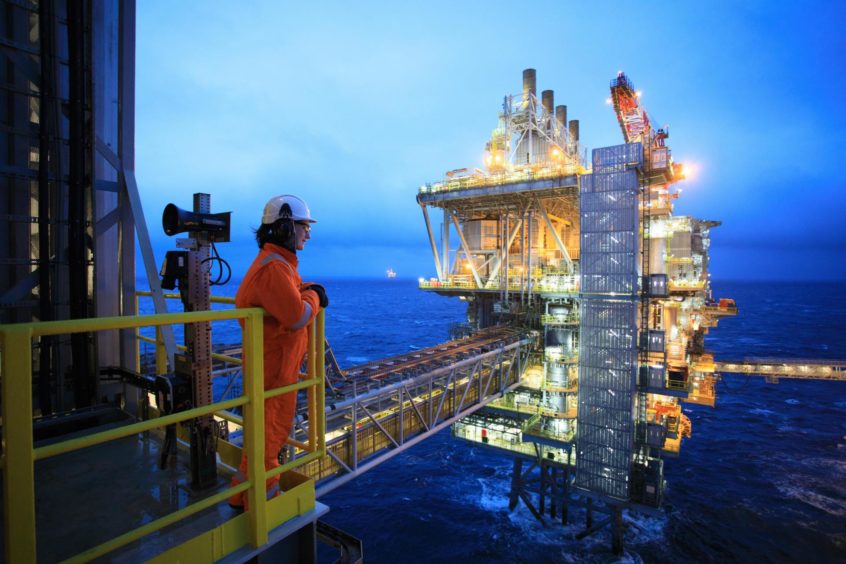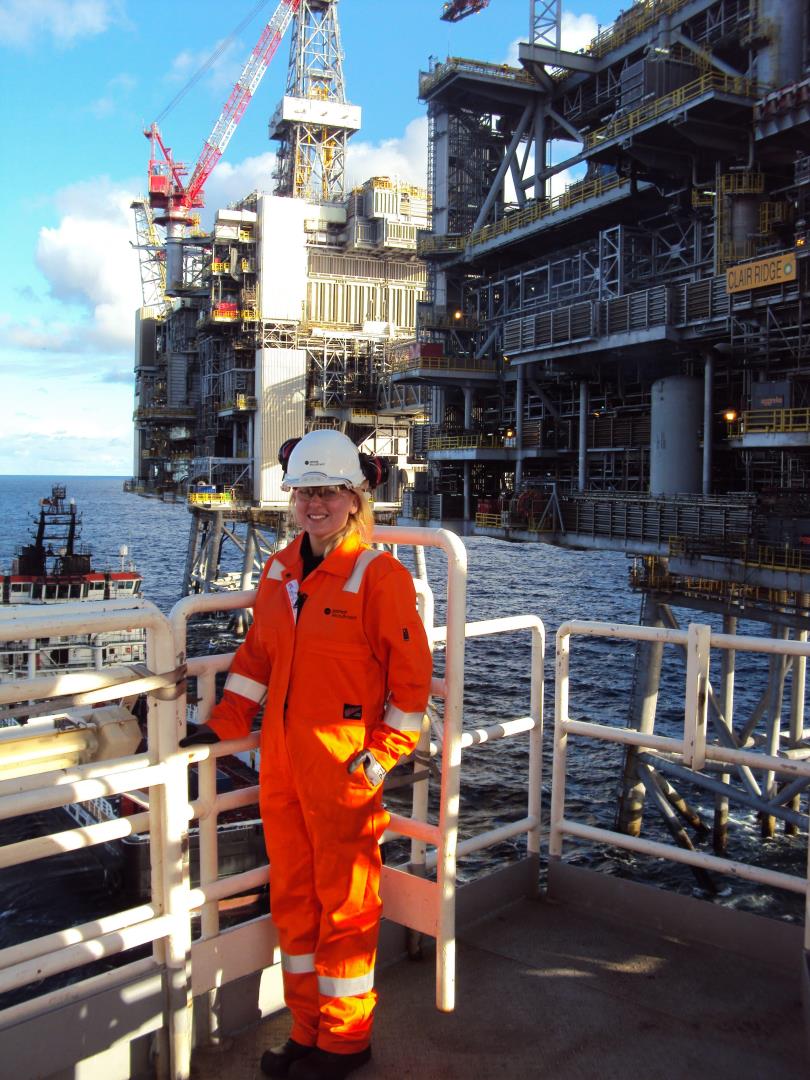
What do Olympic athletes and a North Sea recruitment agency have in common? Marginal gains.
Cycling and oil and gas recruitment lack similarity, but they both have a shared drive to find improvements and efficiency.
Back in 2002, Sir Dave Brailsford became head of the British cycling team, which had almost no record of any success. Fast forward to 2008 and the team won seven out of 10 gold medals at the Beijing Olympics.
But this dramatic improvement wasn’t due to dramatic changes. It was due to something much smaller. In 2012 Sir Dave Brailsford explained the idea of marginal gains to the BBC. He said:
“The whole principle came from the idea that if you broke down everything you could think of, that goes into riding a bike, and then improved it by 1%, you will get a significant increase when you put them all together.”
Marginals gains for recruitment
Marginal gains are small incremental improvements in any process, which, when added together, make a significant improvement – or cost saving. But how is this relevant to oil and gas recruitment?
“By applying this theory and improving the overall recruitment process by 1%, we estimate that the industry can save £24 million on personnel per annum. The potential is huge. The more marginal gains and improvements we can make, the greater the cost saving.” explains Jordan Rowson, business development lead at Primat Recruitment.
In 2019, it was reported that the oil and gas industry spends on average £2.4 billion every year on personnel offshore. While this cost will now be less due to industry challenges, such as Covid-19 and slower global energy demand, essential personnel are still required offshore. This means recruitment is obligatory, but with the added pressure to find additional savings due to the current climate.
Recruitment for the 21st century
When the average cost of hiring an employee is £3,000, including job sourcing, background checks, marketing, and recruitment staff, it’s vital that companies don’t underestimate these costs.
“For offshore personnel, there are even more costs associated with recruitment and mobilisation – accommodation, trade tests, personal protective equipment (PPE), sometimes training – the list goes on,” says Ruth Cameron, head of Primat Recruitment.
“There’s mass opportunity to change the way things are done, particularly because offshore recruitment has remained largely unchanged over the years. We wanted to bring it into the 21st century and make things more streamlined,” she adds.
Primat is a recruitment agency that supplies offshore personnel to its customers across the North Sea. Candidates are matched to specific training and competency matrixes, ensuring individuals are trained and competent to do their job.
Rowson says: “We challenged inefficiencies when looking at offshore personnel. One area that stuck out was non-productive time, which is common. This includes inductions, asset familiarity, team integration, mobilisation of underqualified personnel, lost time sourcing.
“We looked closer at non-productive time to find 1% – or more – improvements. Being an agency, there is only so much that we can control, but one area that we can improve upon is when personnel are sent offshore without the skills to do the job.”
As a result, and to make that 1% improvement, before mobilising, all Primat personnel are extensively screened and assessed to ensure they are compliant to complete the job scope. One North Sea based operator agreed that 100% of all personnel supplied by Primat met the desired quality and were suitable to return to their asset.
Consolidating costs for Uber gains
Marginal gains are about more than one improvement – they’re about many. In Primat’s case this meant going beyond fixing inefficiencies; it required new and innovative ways of working.
Leveraging the success of app-based technologies, Primat introduced a gig economy model for ad hoc offshore labour supply.
According to the BBC, gig economy is a labour market that is characterised by the prevalence of short-term contracts or freelance work, as opposed to permanent jobs.
“Gig economy became popular off the back of Uber, Airbnb and TaskRabbit. A lot of offshore-based contractors prefer it because it provides flexibility. However, for operators and service providers, this can feel like an added administrative burden. There’s also a risk of hiring personnel who are not capable of doing the job – and that’s where we come in,” says Rowson.
Working to a gig economy model, Rowson now sees this as the future as it has added cost benefits for customers. “This recruitment strategy can be supported by using a recruitment agency, like Primat. We consolidate costs. This means we can offer a better rate, which is passed back to our customers,” he says.
Gig savings and global plans
The comprehensive gig recruitment rate includes resourcing, PPE, screening for capability and competence, trades tests, accommodation, logistics, payroll. Specialists deal with each of these areas in high volume, making it easy to find marginal gains which can be passed back to customers as cost savings.
By looking for marginal gains and implementing the gig economy model when recruiting offshore personnel, Primat’s customers have reported up to a 30% saving when comparing with their previous labour supply provider.
This recruitment model has been successful in delivering efficiency and cost savings for Primat’s North Sea customers. With these savings in mind, there are now plans for expansion into new locations where vast labour supply is required, including North America and Norway.
Find out how Primat can revolutionise your ad hoc labour supply through gig economy and marginal gains at primatrecruitment.com.
Recommended for you

 © Supplied by Primat Recruitment
© Supplied by Primat Recruitment
 © Supplied by Primat Recruitment
© Supplied by Primat Recruitment